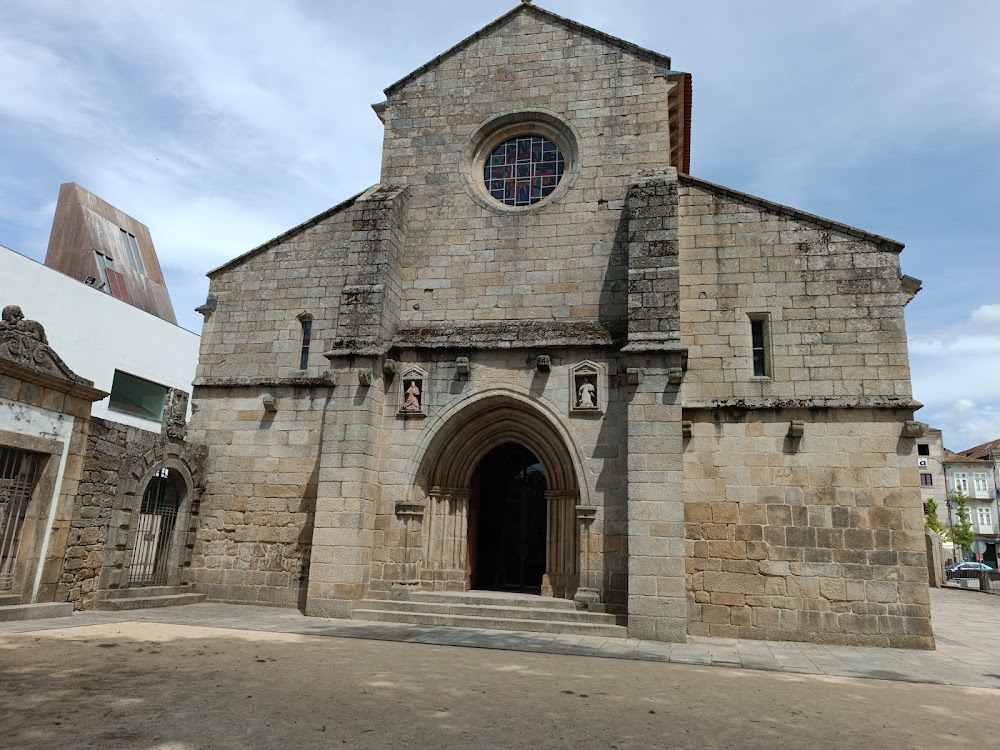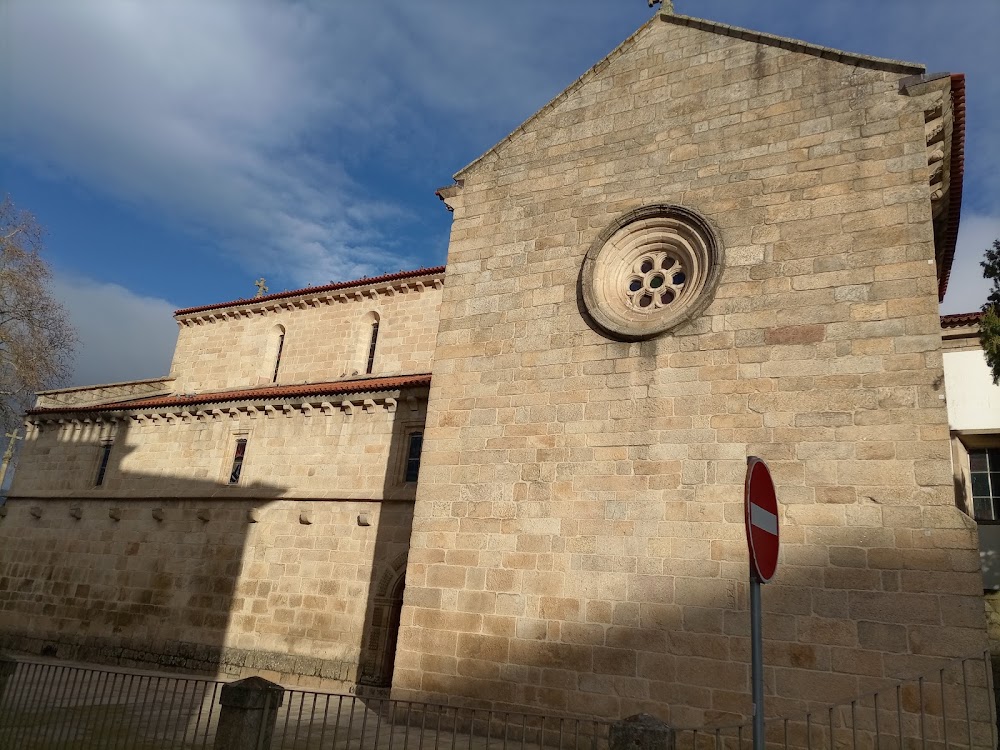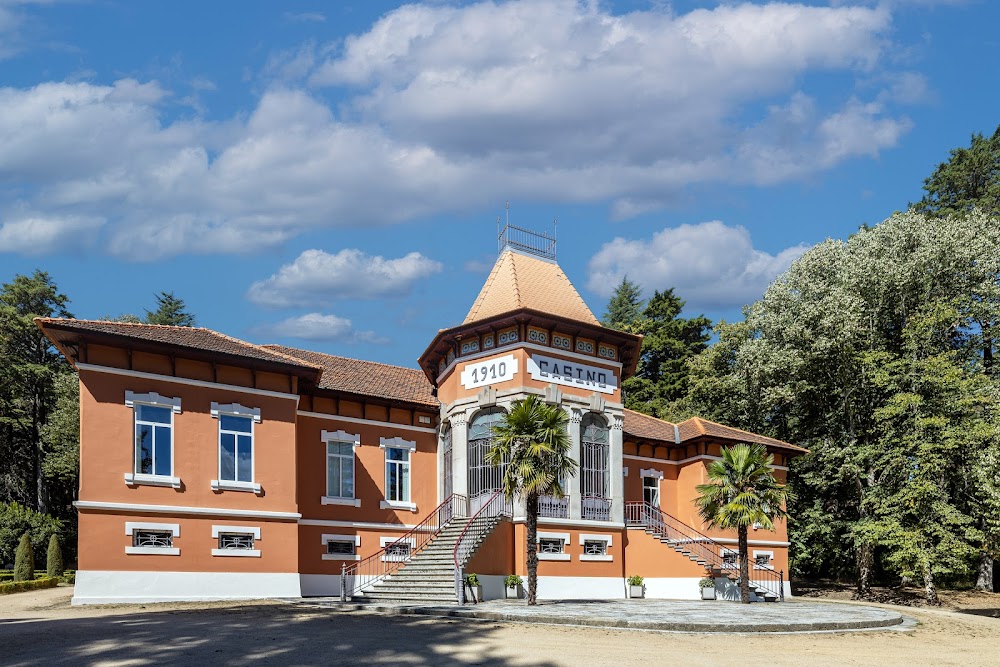Cathedral of Vila Real (Sé de Vila Real)
Overview
The Cathedral of Vila Real is a stunning example of Gothic architecture nestled in the charming city of Vila Real, Portugal. Its rich history dates back to the 15th century, though the cathedral has transformed significantly over the centuries. Originally, the site hosted a Romanesque church, reflecting the architectural style of the earlier medieval era. As time passed, the structure underwent substantial renovations, ultimately evolving into the magnificent Gothic edifice we admire today.
The construction of the cathedral commenced in 1424, initiated by the orders of King João I. Skilled craftsmen and builders were brought together to create this architectural marvel, carefully stacking stone upon stone to form its robust walls and soaring spires. This ambitious project was a collaborative effort, where local masons, carpenters, and artisans combined their talents to bring the king’s vision to life.
Visitors are often captivated by the cathedral’s impressive layout, designed in a traditional Latin cross plan. It features a lengthy nave, a transept, and three beautifully adorned chapels. The façade is particularly striking, dominated by intricate stone carvings and a central rose window that illuminates the interior with natural light. The twin bell towers, topped with ornate spires, stand as proud guardians over the city, adding to the cathedral's iconic silhouette.
One of the cathedral's most remarkable features is its vaulted ceilings, a defining characteristic of Gothic architecture. These ceilings not only enhance the visual splendor but also serve a crucial structural function, evenly distributing the weight of the roof. The ribbed vaults and pointed arches draw the gaze upward, evoking a sense of sacred elevation. Inside, the cathedral boasts medieval frescoes, vibrant stained glass windows, and rich religious iconography, offering a feast for both the eyes and the spirit.
In the 17th century, the cathedral underwent significant renovations to address structural vulnerabilities and modernize certain aspects. Baroque influences were introduced during this period, notably seen in the exquisite woodwork of the choir stalls and the main altarpiece, which is lavishly decorated with gilded sculptures and biblical scenes. These modifications created a unique blend of Gothic and Baroque styles, showcasing the architectural evolution across different eras.
The cathedral is home to several important relics and artifacts, including a 17th-century organ that continues to be played during special liturgical ceremonies. Adjacent to the main sanctuary is the sacristy, a small room filled with vestments, chalices, and other ecclesiastical items, many of which have been cherished for centuries.
The history of the cathedral is deeply intertwined with that of Vila Real itself. It has witnessed numerous significant events, from royal visits and religious processions to periods of conflict and restoration. Each generation has left its mark, whether through restoration efforts or by adding new artworks and memorials that enrich its legacy.
Local legends and folklore also surround the cathedral. It is said that beneath its foundations lies an ancient well, once a vital water source for early settlers. Some even believe that hidden tunnels connect the cathedral to other historical sites around Vila Real, providing escape routes for clergy and nobility during times of danger.
Today, the Cathedral of Vila Real stands not only as a place of worship but also as a vibrant cultural monument. It is integral to the spiritual and social life of the city, attracting both locals and tourists. Guided tours are available, allowing visitors to explore its chapels, crypts, and bell towers while learning about its rich history and architectural significance. Additionally, the cathedral serves as a venue for concerts, art exhibitions, and community events, making it a lively center of activity.
In essence, the Cathedral of Vila Real is a testament to human ingenuity and devotion, a timeless landmark that continues to inspire awe and reverence. Its walls echo with the prayers of the past while resonating with the aspirations of the present, embodying the enduring spirit of Vila Real.






